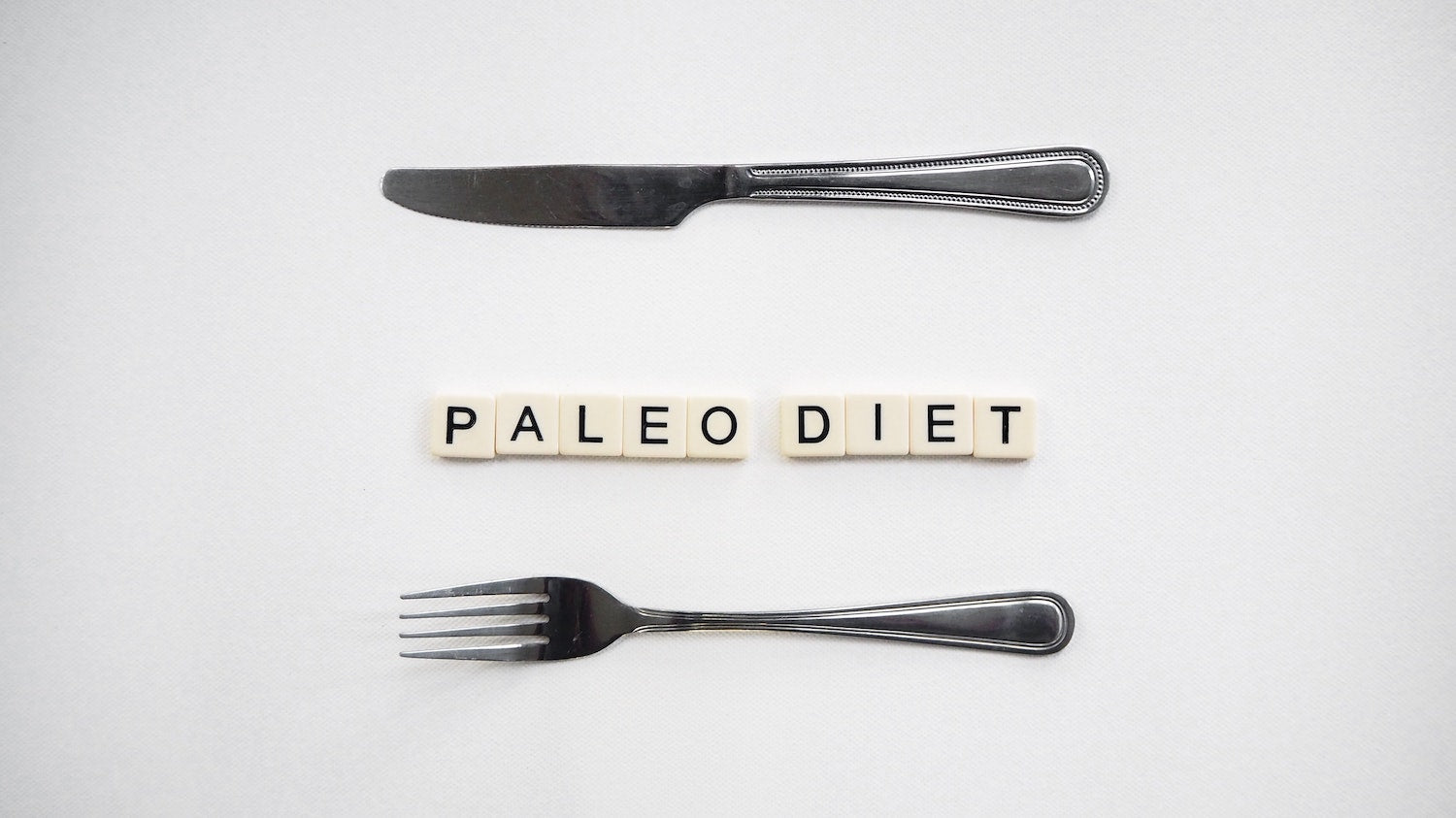What Are the Paleo Diet's Advantages and Disadvantages?

The Paleo diet, also known as the "cave diet," has grown in popularity recently. This dietary approach emphasizes eating whole, unprocessed foods that our forefathers would have eaten during the Paleolithic period. This article delves into the fundamentals of the Paleo diet, its benefits and drawbacks, the different types of Paleo diets, and practical tips to help you decide if this diet is proper.
What is the Paleo Diet?
The Paleo diet emphasizes eating whole foods similar to what our ancestors consumed. This includes:
- Lean meats
- Fish
- Fruits
- Vegetables
- Nuts
- Seeds
The Paleo diet excludes processed foods, grains, dairy products, and legumes. Its rationale is that our bodies are not well adapted to modern, processed foods and that returning to what our predecessors ate can improve health.
Benefits of the Paleo Diet
- Weight Loss: Many people lose weight on the Paleo diet because it eliminates processed foods, grains, and dairy (1).
- Healthy Blood Sugar Levels: The diet can support blood sugar control and decrease insulin resistance (2).
- Reduced Inflammation: Eliminating processed foods and consuming anti-inflammatory foods can reduce overall inflammation (3).
- Improved Gut Health: The diet encourages a balanced digestive system by eliminating inflammatory foods and supporting healthy gut bacteria.
Drawbacks of the Paleo Diet
- Expense: Grass-fed meats, organic fruits, and vegetables can be more costly than conventional options.
- Difficulty Adhering: Eliminating entire food groups can make the diet challenging to stick to long-term.
Different Types of Paleo Diets
- Strict Paleo: This diet eliminates all processed foods, sugar, dairy, and grains. It offers the most health benefits but is the hardest to maintain.
- Modified Paleo allows some processed foods and limited amounts of dairy and grains. It is easier to maintain but may offer fewer health benefits.
- Vegetarian Paleo: This diet eliminates all meat and fish. It is challenging for those not used to a vegetarian diet, but still offers some health benefits.
Foods to Eat on a Paleo Diet
- Lean Meats: Grass-fed beef, chicken, pork, lamb
- Fish and Seafood: Salmon, trout, shrimp
- Fruits: Apples, berries, bananas
- Vegetables: Leafy greens, broccoli, carrots
- Nuts and Seeds: Almonds, walnuts, sunflower seeds
Paleo Recipes
- Paleo Snacks
Paleo Trail Mix: Mix raw nuts, dried fruit, and coconut flakes.
Sweet Potato Chips: Slice sweet potatoes, toss with olive oil and sea salt, and bake.
- Paleo Bread
Almond Flour Bread: Mix almond flour, eggs, coconut oil, baking powder, and sea salt; bake.
Coconut flour bread is similar to almond flour bread but uses coconut flour.
- Paleo Pancakes
Banana Pancakes: Mash ripe bananas with eggs and almond flour; cook.
Blueberry Pancakes: Mix almond flour, eggs, coconut milk, vanilla extract, and fresh blueberries; cook.
- Paleo Desserts
Chocolate Avocado Mousse: Blend ripe avocados, cocoa powder, honey, and vanilla extract.
Paleo Chocolate Chip Cookies: Mix almond flour, coconut oil, maple syrup, vanilla extract, and dark chocolate chips; bake.
- Paleo Breakfast
Paleo Breakfast Bowl: Cook sweet potato, sausage, eggs, and kale.
Paleo Omelette: Whisk eggs, almond milk, and vegetables/protein; cook.
- Paleo Banana Bread
Almond Flour Banana Bread: Mix almond flour, ripe bananas, eggs, coconut oil, baking soda, and honey; bake.
Coconut flour banana bread is similar to almond flour banana bread but uses coconut flour.
- Paleo Dinner Recipes
Paleo Meatballs with Marinara Sauce: Mix ground beef, almond flour, eggs, garlic, and spices; bake and serve with paleo marinara sauce.
Paleo Shepherd's Pie: Cook ground beef with vegetables and spices, top with mashed sweet potato, and bake.
Alternatives to the Paleo Diet
- Mediterranean Diet: Emphasizes healthy fats, fresh fruits, vegetables, and whole grains.
- Vegetarian Diet: Avoids meat and poultry but includes eggs, dairy, and plant-based proteins.
- Flexitarian Diet: Similar to a vegetarian diet, but allows occasional meat consumption.
- DASH Diet: Focuses on reducing sodium intake and increasing fresh fruits, vegetables, and whole grains.
- Atkins Diet: Low-carbohydrate diet for weight loss, not recommended for those with heart disease or diabetes.
- Weight Watchers Diet: Emphasizes portion control and healthy eating habits with a points system.
Related Studies:
- A study published in the European Journal of Clinical Nutrition found that following a Paleo diet significantly improved waist circumference, triglyceride levels, blood pressure, HDL cholesterol, and fasting blood sugar compared to a control diet.
- A study published in the Nutrition Journal analyzed several randomized control trials and discovered that those who followed a Paleo diet lost an average of 3.52 kilograms and had a lower waist circumference and body mass index (BMI).
- According to a study in the Journal of Nutrition, those who followed the Paleo diet showed no significant improvement in fasting glucose, insulin levels, or HbA1c levels compared to those who followed other diet types.
Conclusion
The Paleo diet provides several health advantages, such as weight loss, improved digestion, and reduced inflammation. However, it can be expensive and difficult to maintain in the long term. Whether the Paleo diet is proper depends on your health goals, dietary preferences, and ability to adhere to its guidelines. By focusing on whole, nutrient-dense foods and eliminating processed and refined foods, you can enjoy the many health benefits of a Paleo lifestyle.
FAQs
Q: Can I follow the Paleo diet if I'm vegetarian?
A: Yes, there is a vegetarian version of the Paleo diet, although getting all the necessary nutrients without meat can be challenging.
Q: Is the Paleo diet expensive?
A: It can be, especially if you choose organic and grass-fed options. However, shopping smart and buying in bulk can help reduce costs.
Q: Does the Paleo diet pose any risks to your health?
A: Some people may need help to get enough calcium and vitamin D if they exclude dairy. It's essential to include other sources of these nutrients.
